MY CLASSICS
Ford Focus
Cars
| 10-04-2021
There are few family cars of which I can remember when I first saw them in the flesh, but I remember exactly where I was on my way home from school when I first saw a Ford Focus driving by. I recognized it from photos in car magazines, on which the design also impressed me.
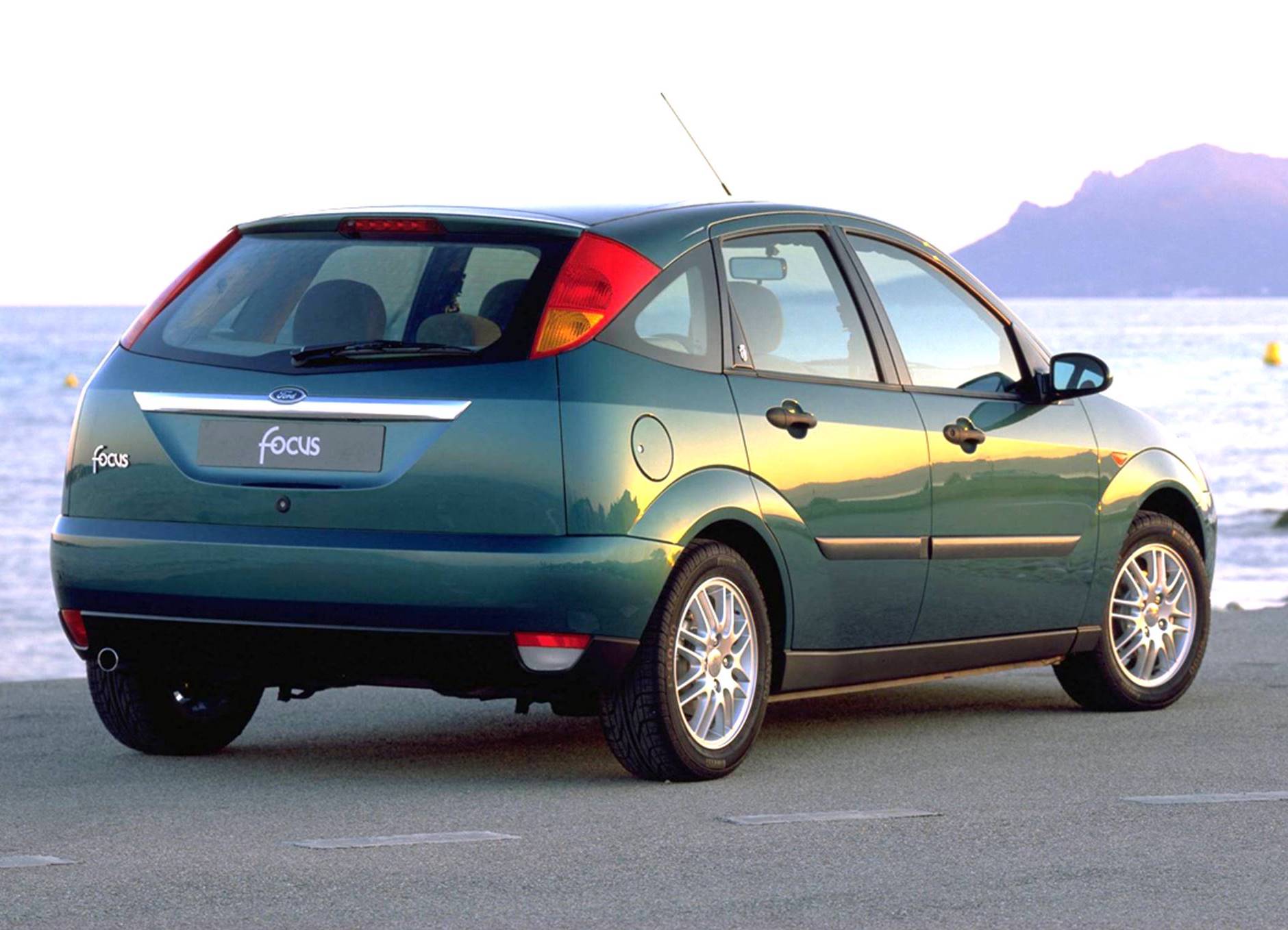
At the end of the nineties, the Ford Escort had become somewhat outdated and despite several facelifts, Ford was not quite able to keep the design fresh. In The Netherlands, the Escort was still in the sales top ten in 1996, 1997 and 1998, but Ford did not reach the level of the numbers 1 and 2, the Opel Astra and Volkswagen Golf. High time for a new generation of Escort. As Henry Ford said: 'The only stability we know is change.' In line with recently introduced models such as the Ka, Puma and Cougar, the new C-segment car of course had to be designed according to the philosophy called New Edge at Ford. This resulted in such a sharply drawn car, which was so completely different from the Escort, that it was decided quite shortly before the introduction to use a new name, instead of the Escort name that had been used for decades. If I remember correctly, Bingo was one of the names on the list, but luckily Ford eventually chose Focus.
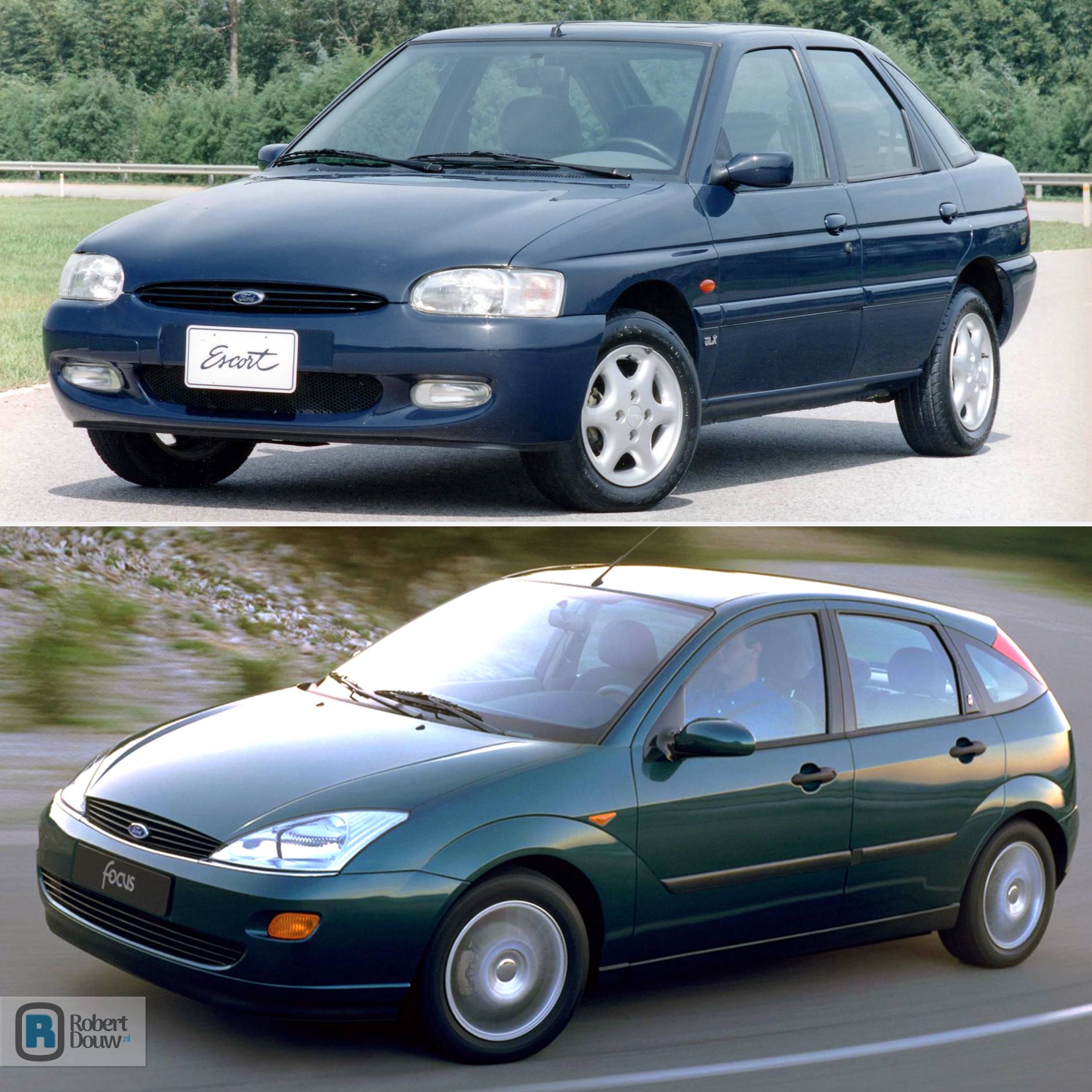
With that Focus it absolutely was bingo. It was already clear from spy photos that the Escort successor would take on more of a "real" hatchback shape – the Escort was more of a liftback – with a much sleeker design. Many computer impressions of the time showed a car with the silhouette of the final Focus, but with headlights that most closely resembled the ones on the Puma. Much more convex and much rounder than the real design. So when the Focus was unveiled in Geneva in 1998, it was a real surprise. A positive surprise, too, because the Focus was well received. That sentiment only got stronger when the car turned out to drive very well as well. Mark Deans, Ford brand manager for the compact models, said in an interview that we should see the old Escort as a beer and the Focus as a nice chardonnay. The Car of the Year jury agreed; in 1999 the Focus won that title, thus beating the Opel Astra, Peugeot 206, Auto TT and Volvo S80 – all cenrtainly not the least.
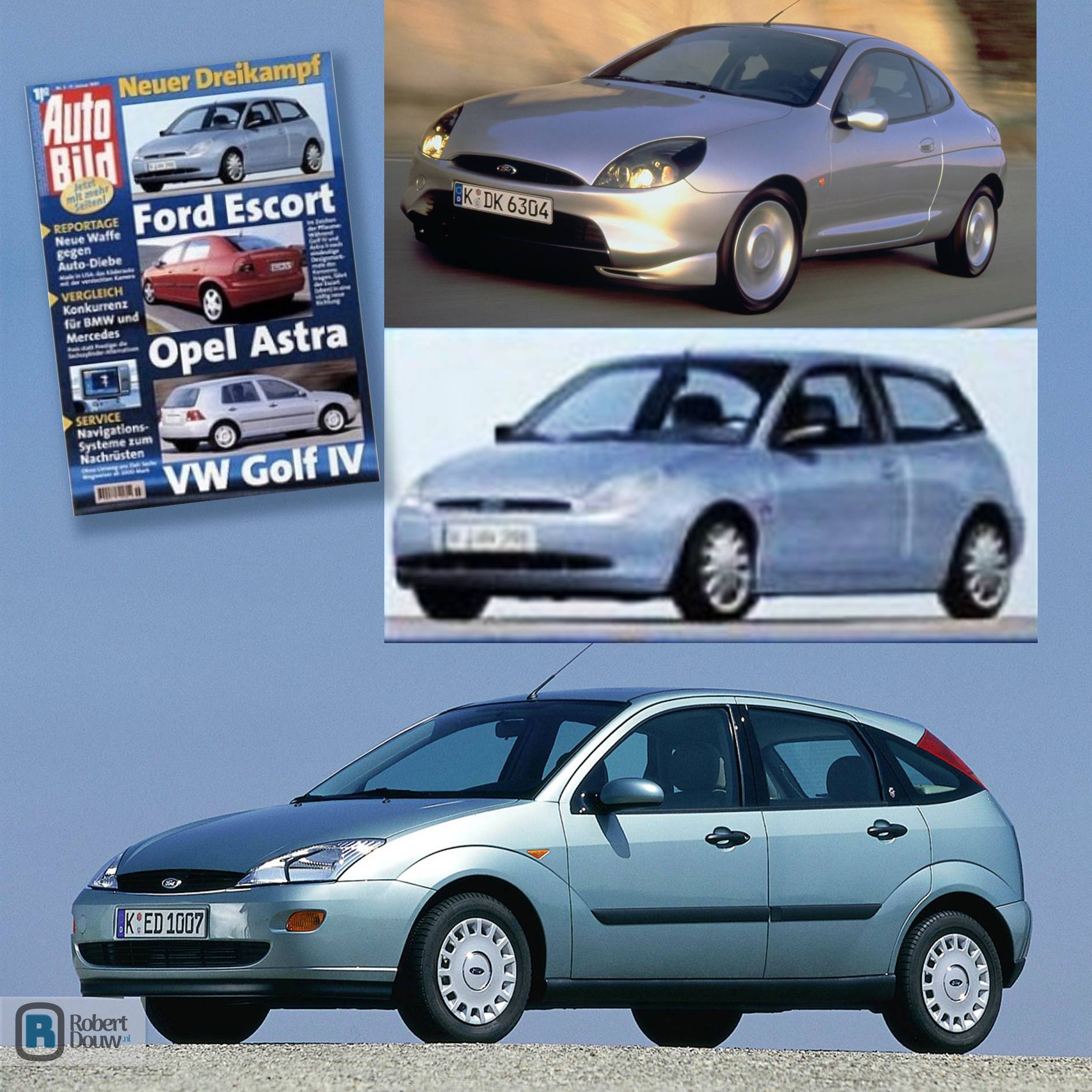
I was fond of the Focus' lines. As I have written before, for example with the BMW Z4, I like clean lines that, optically or not, continue into each other. In the Focus hatchbacks, this is of course very clearly visible in the arch at the top of the side windows, which continues into the high-positioned rear lights and the bottom of the rear window. But I think the best example is the three light units on each side of the front. Depending on which angle you view the Focus from, the left or right side of the indicator light extends optically into the headlight and the fog light. Unfortunately, that was canceled with the 2001 facelift. By the way, New Edge was not only seen as a design philosophy at Ford, but as a corporate philosophy. Ford claimed that 'the way the cars are developed, how they are built, how they are sold and the way they are maintained' all changed with the New Edge philosophy.
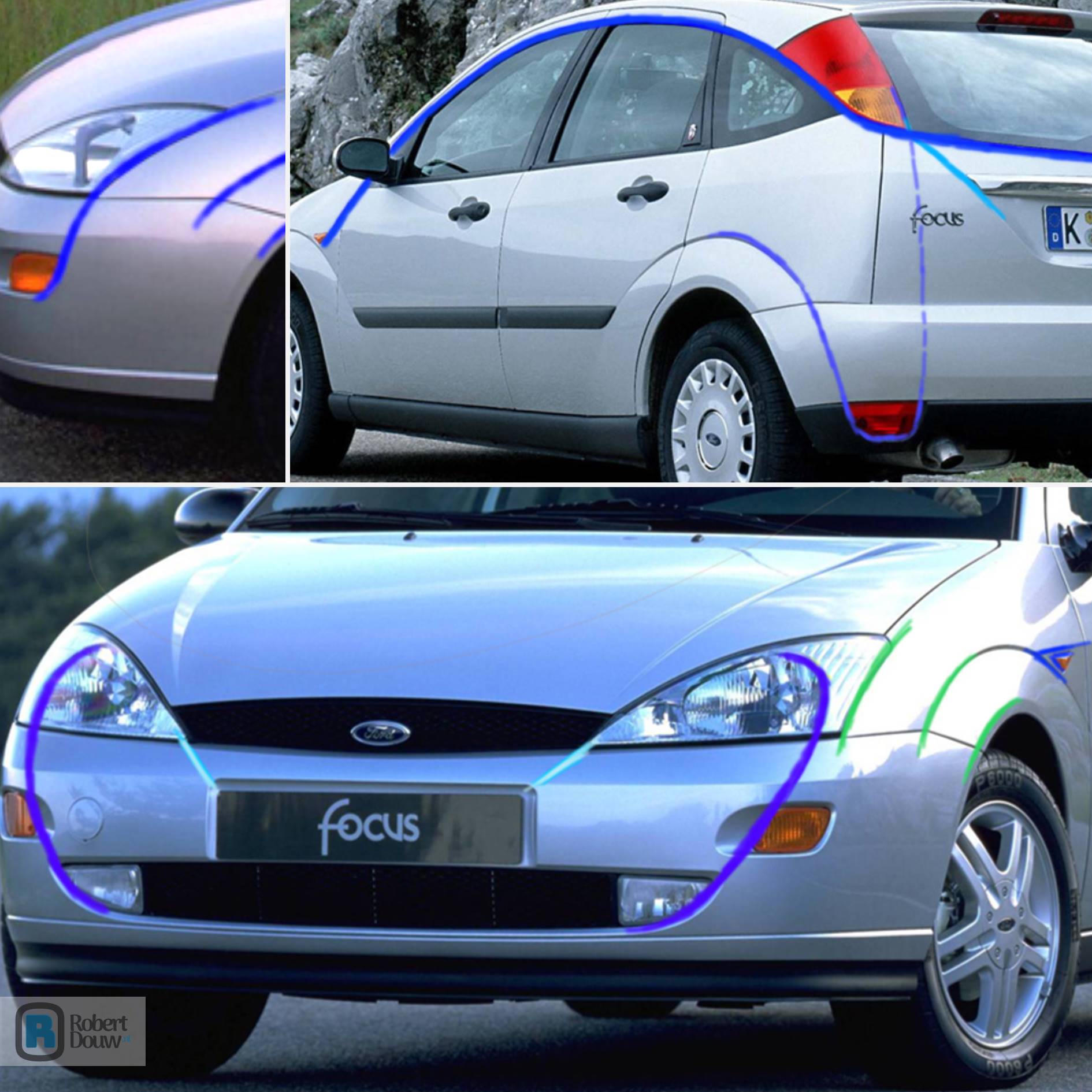
Ignoring the marketing talk, there's quite a point in Ford's statement that much had changed in the way cars were developed. While Windows 95 or 98 on your home computer was already capable of amazing things for those used to Windows 3.1, the computer technology used in the car design studios was really progressive. For example, computer simulations could be made to get an idea of what a car would look like in real life, and even collisions could be simulated digitally. Today, we are no longer surprised by that, but remember we are talking about 25 years ago. These new techniques led to significant cost savings. In order to also reduce costs for consumers and the environment, Ford also explored alternative fuels and powertrains around that time, all under the banner of New Edge. And under the name P2000.
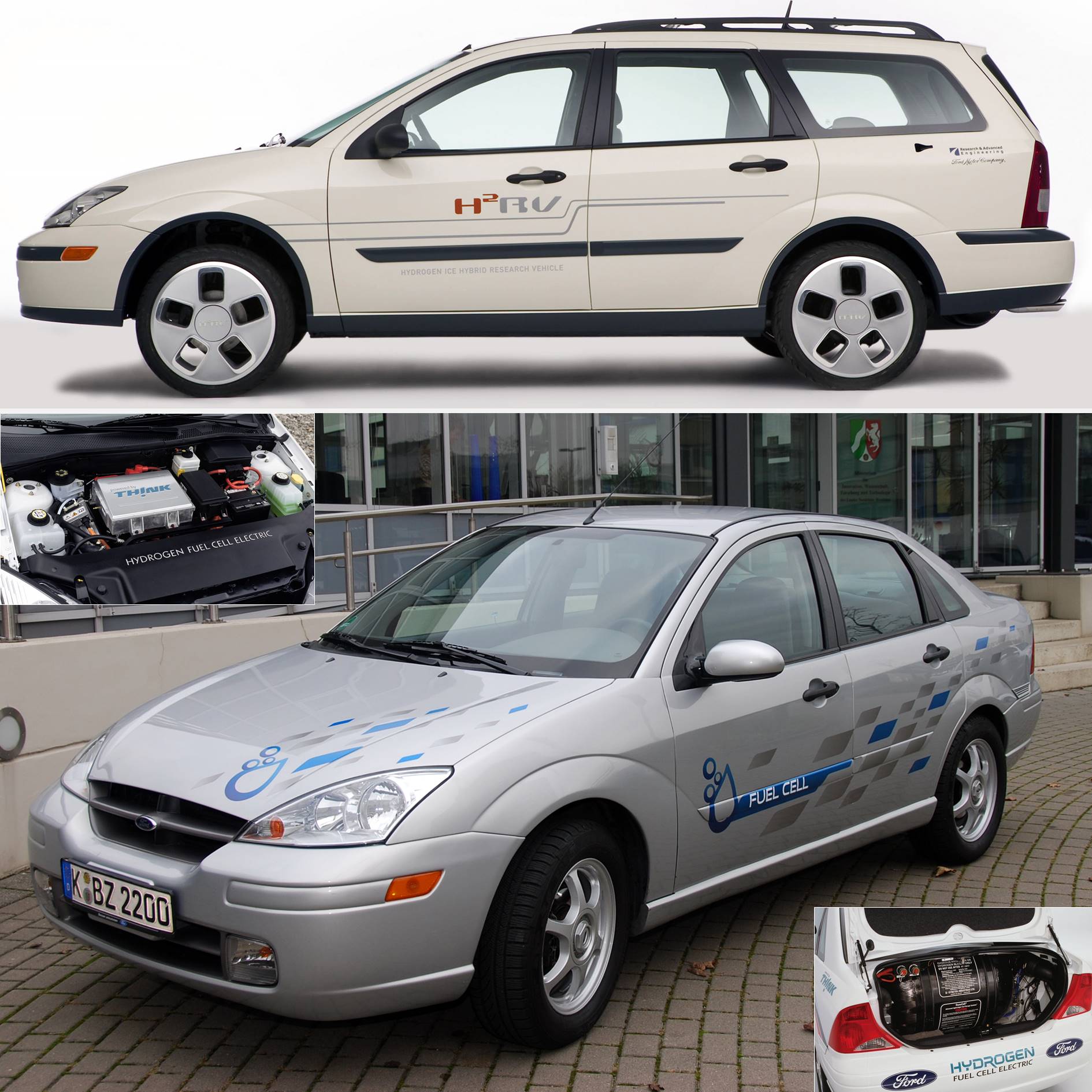
The P2000 concept car from 1997 was a hybrid car with a very futuristic design. Confusingly, Ford used the P2000 designation as the project name for several quite diverse models with alternative propulsion systems. Strangely enough, only one image can be found of the 1997 P2000, apart from three infographics in which not much more than a silhouette can be discerned. I really did quite a lot of research on the internet, with all kinds of different search terms in different languages, but as far as I found anything, only the quality of the image differed. It seems that this P2000 was never built and only exists as a computer model. Nevertheless, I expected to be able to find a different view somewhere on the internet. But no, this Focus of the future only shows itself from its right side. Unfortunately, because what a great inspiring design it is! I can't look at it without drawing those lines on paper in my mind – my hands even make drawing movements. The P2000 looks like an early sketch of the Focus design process. And no matter how progressive the Focus was in 1998, and as much as it is one of my classics, I secretly wish it had looked like the P2000.
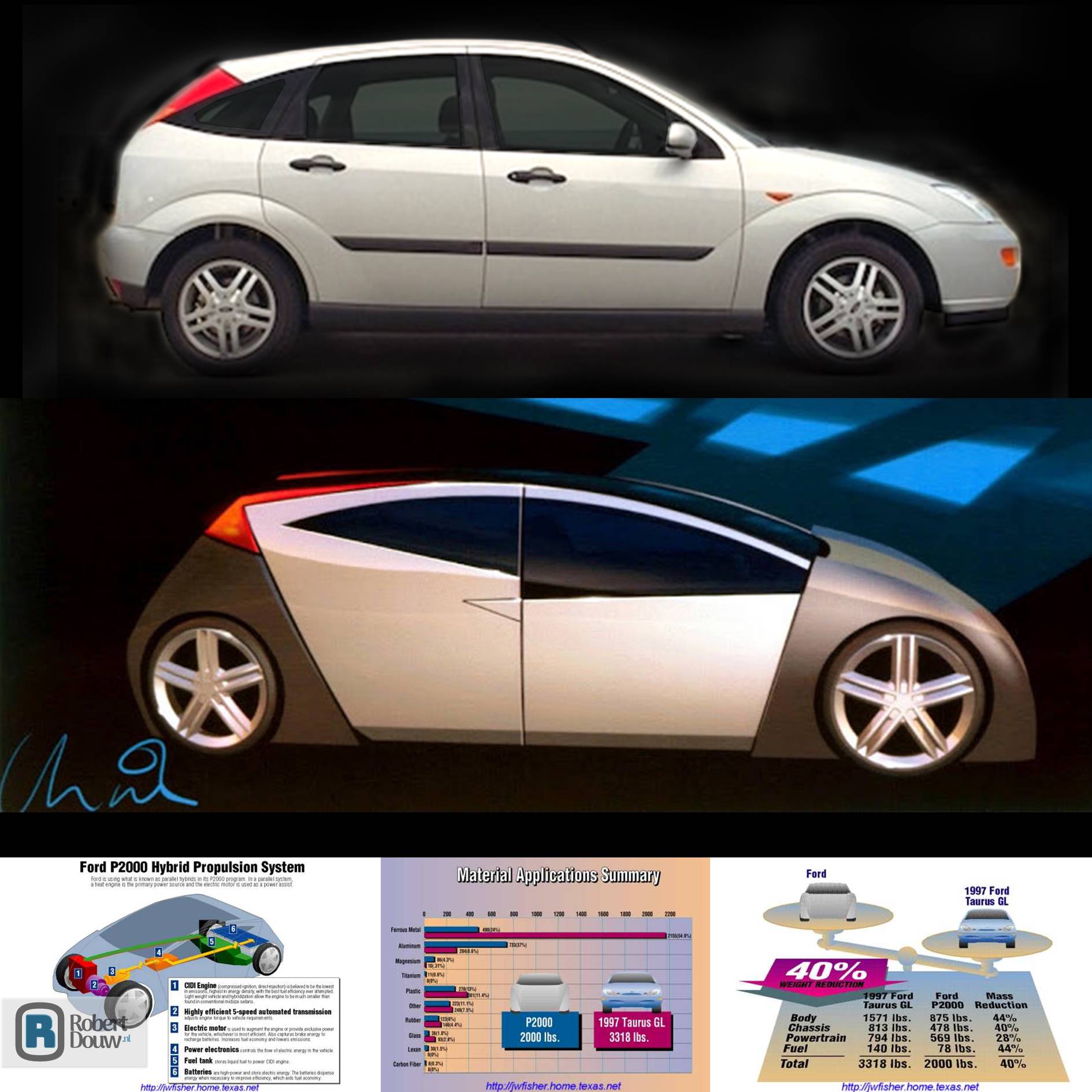

Ford Focus
EscortAt the end of the nineties, the Ford Escort had become somewhat outdated and despite several facelifts, Ford was not quite able to keep the design fresh. In The Netherlands, the Escort was still in the sales top ten in 1996, 1997 and 1998, but Ford did not reach the level of the numbers 1 and 2, the Opel Astra and Volkswagen Golf. High time for a new generation of Escort. As Henry Ford said: 'The only stability we know is change.' In line with recently introduced models such as the Ka, Puma and Cougar, the new C-segment car of course had to be designed according to the philosophy called New Edge at Ford. This resulted in such a sharply drawn car, which was so completely different from the Escort, that it was decided quite shortly before the introduction to use a new name, instead of the Escort name that had been used for decades. If I remember correctly, Bingo was one of the names on the list, but luckily Ford eventually chose Focus.

Ford Escort and Focus
Bingo!With that Focus it absolutely was bingo. It was already clear from spy photos that the Escort successor would take on more of a "real" hatchback shape – the Escort was more of a liftback – with a much sleeker design. Many computer impressions of the time showed a car with the silhouette of the final Focus, but with headlights that most closely resembled the ones on the Puma. Much more convex and much rounder than the real design. So when the Focus was unveiled in Geneva in 1998, it was a real surprise. A positive surprise, too, because the Focus was well received. That sentiment only got stronger when the car turned out to drive very well as well. Mark Deans, Ford brand manager for the compact models, said in an interview that we should see the old Escort as a beer and the Focus as a nice chardonnay. The Car of the Year jury agreed; in 1999 the Focus won that title, thus beating the Opel Astra, Peugeot 206, Auto TT and Volvo S80 – all cenrtainly not the least.

The Ford Puma, an impression for the Focus from AutoBild (1997) and the Focus
New EdgeI was fond of the Focus' lines. As I have written before, for example with the BMW Z4, I like clean lines that, optically or not, continue into each other. In the Focus hatchbacks, this is of course very clearly visible in the arch at the top of the side windows, which continues into the high-positioned rear lights and the bottom of the rear window. But I think the best example is the three light units on each side of the front. Depending on which angle you view the Focus from, the left or right side of the indicator light extends optically into the headlight and the fog light. Unfortunately, that was canceled with the 2001 facelift. By the way, New Edge was not only seen as a design philosophy at Ford, but as a corporate philosophy. Ford claimed that 'the way the cars are developed, how they are built, how they are sold and the way they are maintained' all changed with the New Edge philosophy.

A number of (optically) continuous and parallel lines in the design of the Focus
Computer simulationsIgnoring the marketing talk, there's quite a point in Ford's statement that much had changed in the way cars were developed. While Windows 95 or 98 on your home computer was already capable of amazing things for those used to Windows 3.1, the computer technology used in the car design studios was really progressive. For example, computer simulations could be made to get an idea of what a car would look like in real life, and even collisions could be simulated digitally. Today, we are no longer surprised by that, but remember we are talking about 25 years ago. These new techniques led to significant cost savings. In order to also reduce costs for consumers and the environment, Ford also explored alternative fuels and powertrains around that time, all under the banner of New Edge. And under the name P2000.

Alternative propulsion system research: the Focus as a Hydrogen ICE Hybrid Research Vehicle and as a Hydrogen Fuell Cell Electric
P2000The P2000 concept car from 1997 was a hybrid car with a very futuristic design. Confusingly, Ford used the P2000 designation as the project name for several quite diverse models with alternative propulsion systems. Strangely enough, only one image can be found of the 1997 P2000, apart from three infographics in which not much more than a silhouette can be discerned. I really did quite a lot of research on the internet, with all kinds of different search terms in different languages, but as far as I found anything, only the quality of the image differed. It seems that this P2000 was never built and only exists as a computer model. Nevertheless, I expected to be able to find a different view somewhere on the internet. But no, this Focus of the future only shows itself from its right side. Unfortunately, because what a great inspiring design it is! I can't look at it without drawing those lines on paper in my mind – my hands even make drawing movements. The P2000 looks like an early sketch of the Focus design process. And no matter how progressive the Focus was in 1998, and as much as it is one of my classics, I secretly wish it had looked like the P2000.

The Focus and the P2000
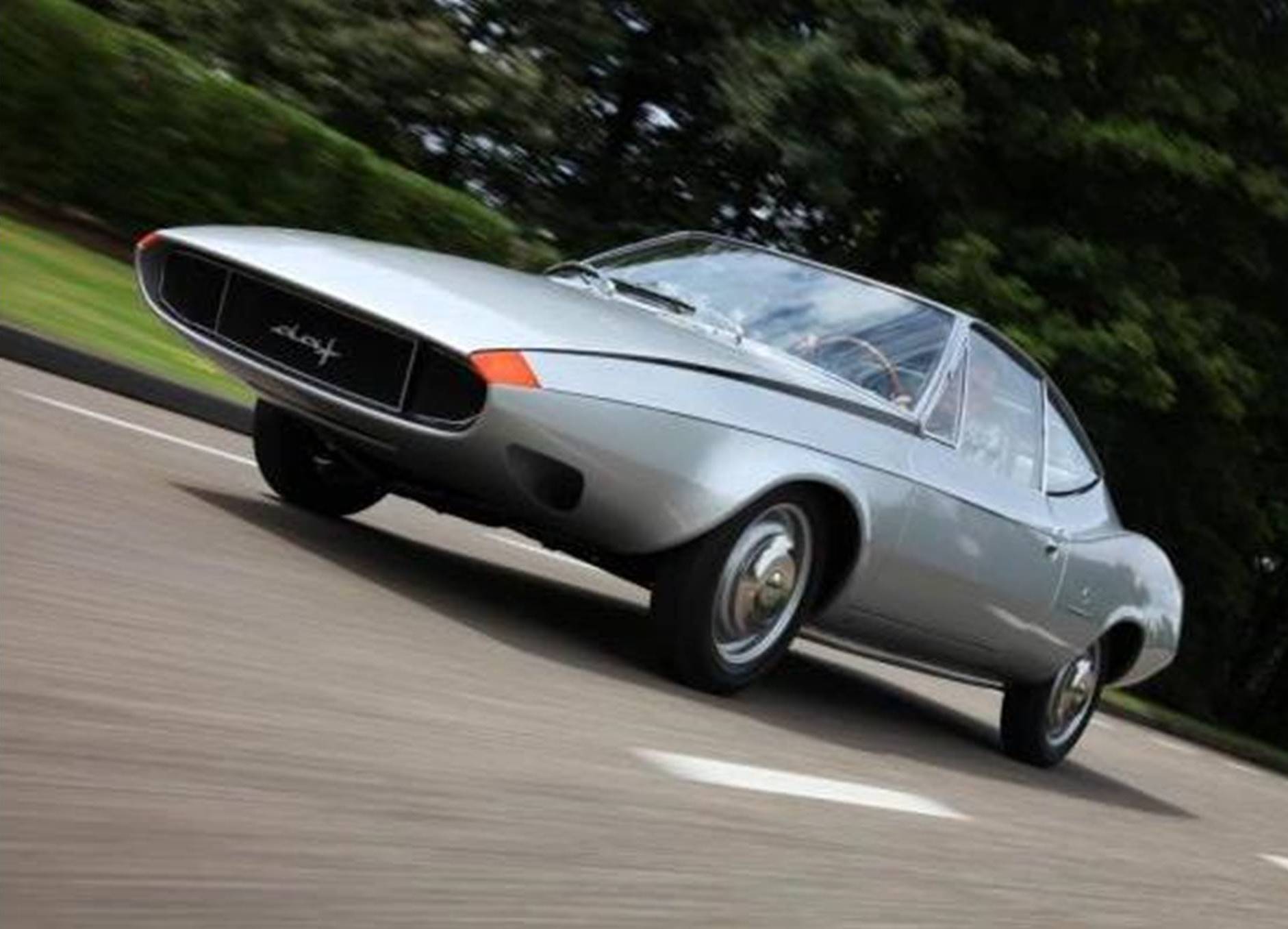
MY CLASSICS
DAF Siluro
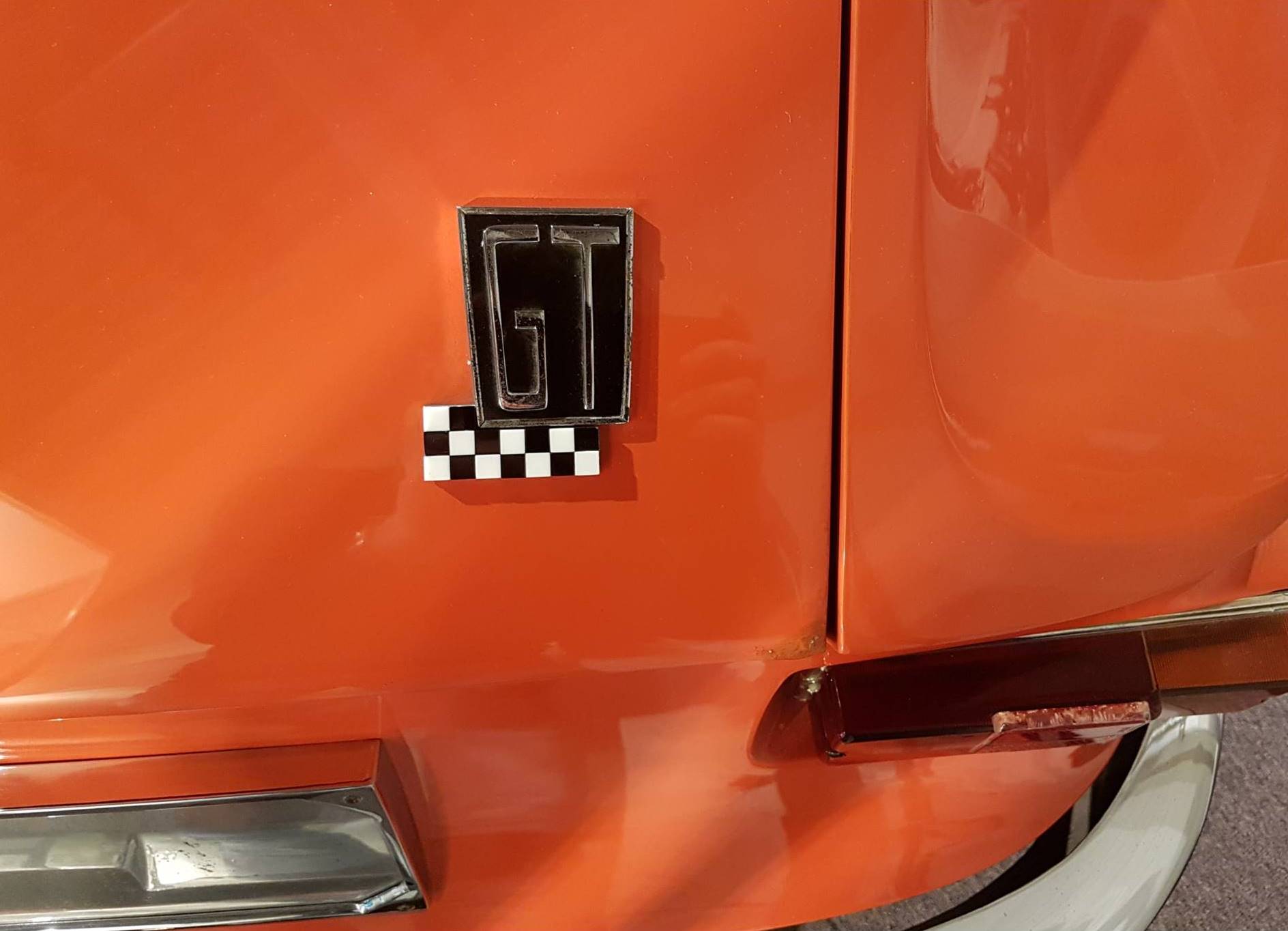
MY CLASSICS
DAF 40 GT
MY CLASSICS
In the My classics section, I regularly add a model to my digital collection of classics. For that, I select cars whose design appeals to me or evokes memories. So nostalgia, and very subjective. Hence the section title: my classics.
